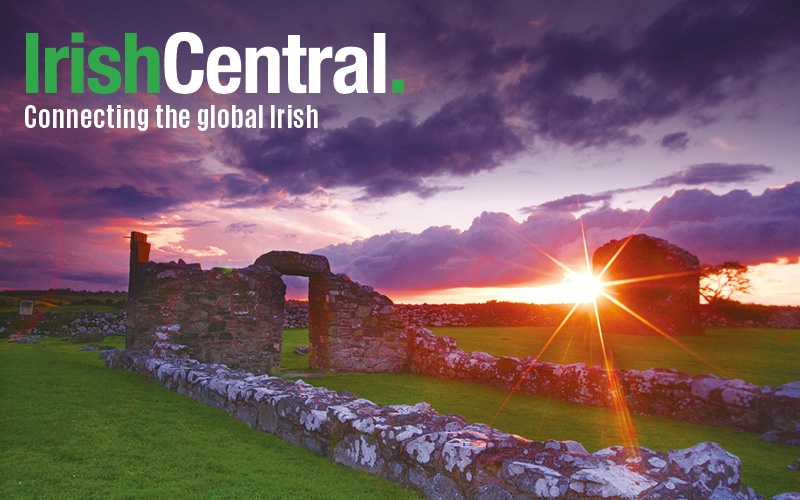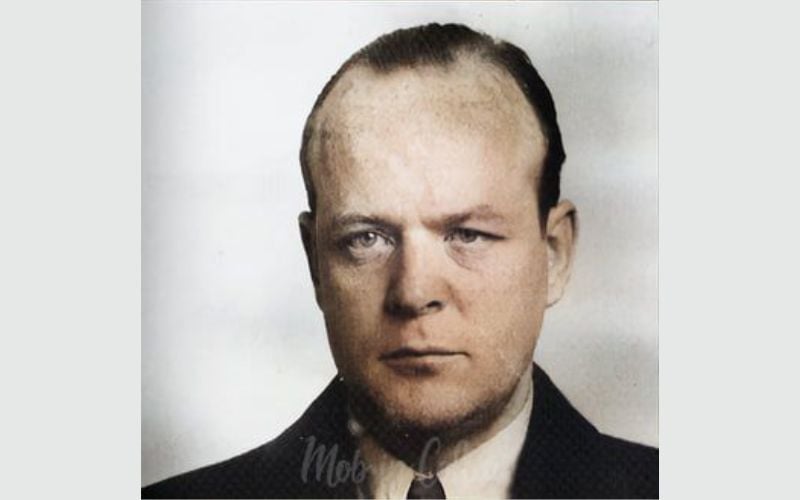One year on I emerged from the arrival hall at Dublin airport to the Ireland I had left behind.
A lot had changed. Unemployment figures mirroring the eighties, high levels of emigration, and a government with few solutions, I knew what to expect but I was keen to see it with my own eyes.
As I drove into the west I had my eyes peeled for visible changes. A common theme emerged as every town and village that I drove through was branded with big bold letters of real estate agents “For Sale”. The property boom had burst and left it's stain all over the island.
In Ireland we have had a long obsession with owning property which dates back to the famine. Through the generations owning your own property in Ireland is something that we have been conditioned to do. Those few acres in Kildare, the overpriced Condo on the River Liffey, the semi-detached three-bed in Claregalway. Owning your own home is a natural progression where as renting is seen as something people do for the short term or while in college. Adding fuel to the fire, an absence of property tax meant that during the boom years many people invested in second and even third homes to fulfill their desire to possess.
This obsession was a catalyst for our property boom which saw thousands of housing estates spring up all around Ireland. More commonly known now as “ghost estates”, earlier this year the National Institute of Regional and Spatial Analysis (Nirsa) reported that 300,000 homes now lay empty. That means with almost a quarter of a million people now signing on the live register we could give every person claiming social welfare a home!
The first official government estimate published earlier this month revealed that a total of 2,700 ghost estates now lay empty around the country.
The small town in Co. Roscommon where I grew up saw immense property growth as more than ten estates were thrown up over the past decade. That is ten brand spanking new estates for a population of a around 2,000 people. Where did they expect the people to come from?
How on earth did county councils ever grant planning permission for numerous housing developments that far exceeded demand required by local residents?
Like most scenarios in Ireland's present day economy, the numbers don’t add up. But the frustration lies in the fact that never at any point during Ireland's economic heyday did the numbers add up.
Last week Labour TD Michael D O'Higgins proposed giving these houses to Irish emigrants seeking to return home. Speaking at the annual conference of the Royal Institute of the Architects of Ireland (RIAI), the former arts minister said:
“Some years ago, we discovered the diaspora. Some of our emigrants living in England, for example, are retired and can’t afford to come back. We should give them all these empty houses and let them look after them for three or four months at a time.”
Such a proposal would not be popular with residents who purchased homes when prices were at their peak.
An action plan by the government is expected to be put in place in the coming months. In the meantime unfinished houses, rotting, empty and disused lay abandoned throughout Ireland as ghost estates remain one of the least appetizing legacies and biggest aesthetic insult of the Celtic Tiger.
A lot had changed. Unemployment figures mirroring the eighties, high levels of emigration, and a government with few solutions, I knew what to expect but I was keen to see it with my own eyes.
As I drove into the west I had my eyes peeled for visible changes. A common theme emerged as every town and village that I drove through was branded with big bold letters of real estate agents “For Sale”. The property boom had burst and left it's stain all over the island.
In Ireland we have had a long obsession with owning property which dates back to the famine. Through the generations owning your own property in Ireland is something that we have been conditioned to do. Those few acres in Kildare, the overpriced Condo on the River Liffey, the semi-detached three-bed in Claregalway. Owning your own home is a natural progression where as renting is seen as something people do for the short term or while in college. Adding fuel to the fire, an absence of property tax meant that during the boom years many people invested in second and even third homes to fulfill their desire to possess.
This obsession was a catalyst for our property boom which saw thousands of housing estates spring up all around Ireland. More commonly known now as “ghost estates”, earlier this year the National Institute of Regional and Spatial Analysis (Nirsa) reported that 300,000 homes now lay empty. That means with almost a quarter of a million people now signing on the live register we could give every person claiming social welfare a home!
The first official government estimate published earlier this month revealed that a total of 2,700 ghost estates now lay empty around the country.
The small town in Co. Roscommon where I grew up saw immense property growth as more than ten estates were thrown up over the past decade. That is ten brand spanking new estates for a population of a around 2,000 people. Where did they expect the people to come from?
How on earth did county councils ever grant planning permission for numerous housing developments that far exceeded demand required by local residents?
Like most scenarios in Ireland's present day economy, the numbers don’t add up. But the frustration lies in the fact that never at any point during Ireland's economic heyday did the numbers add up.
Last week Labour TD Michael D O'Higgins proposed giving these houses to Irish emigrants seeking to return home. Speaking at the annual conference of the Royal Institute of the Architects of Ireland (RIAI), the former arts minister said:
“Some years ago, we discovered the diaspora. Some of our emigrants living in England, for example, are retired and can’t afford to come back. We should give them all these empty houses and let them look after them for three or four months at a time.”
Such a proposal would not be popular with residents who purchased homes when prices were at their peak.
An action plan by the government is expected to be put in place in the coming months. In the meantime unfinished houses, rotting, empty and disused lay abandoned throughout Ireland as ghost estates remain one of the least appetizing legacies and biggest aesthetic insult of the Celtic Tiger.




Comments